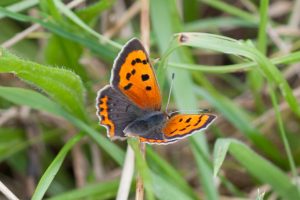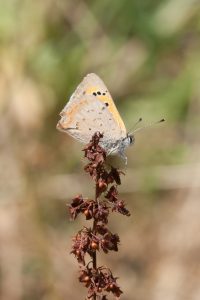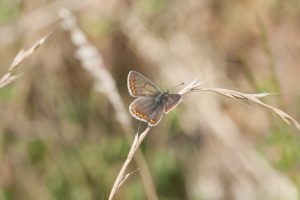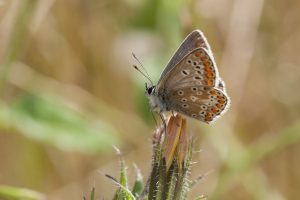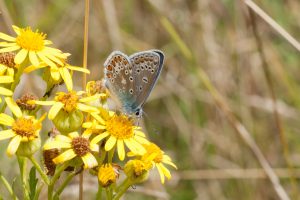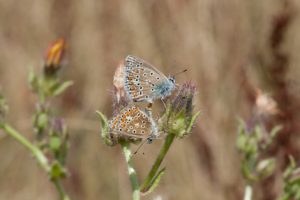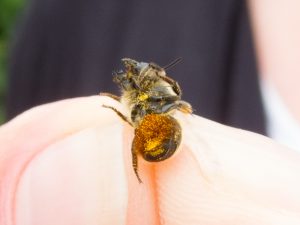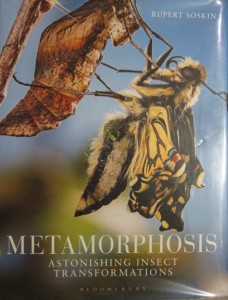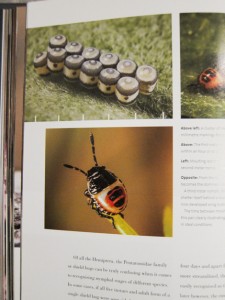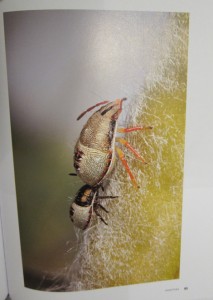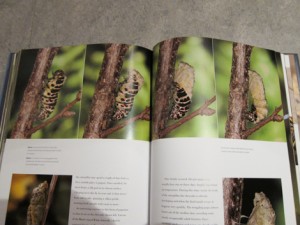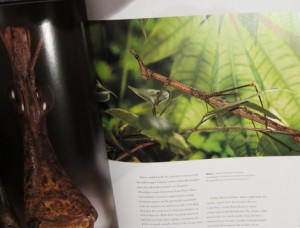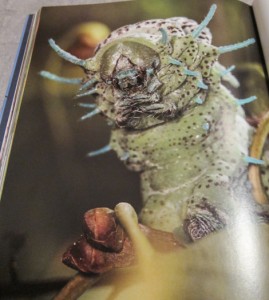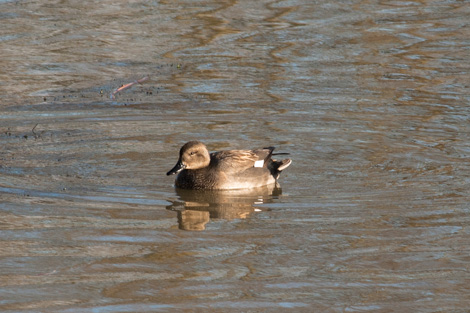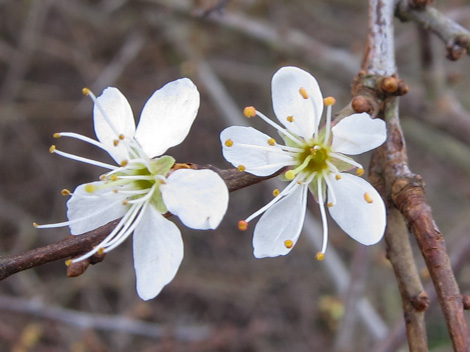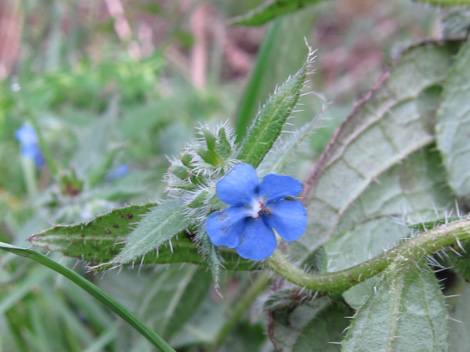With temperatures soaring, you would have to be a fool to go out in the midday sun. Unless you had a wildlife survey to do. This weekend, like a fool, I went out twice. On Saturday I did my monthly BeeWalk (now in the fourth year), and on Sunday I went to survey a square for the Wider Countryside Butterfly Survey.
The Bee Walk can vary in difficulty, depending on the time of year. Early in the year there are only queens to worry about, as the season goes on there are workers, males and cuckoos thrown into the mix. I am not the most confident bee identifier, so I really should get some practice in before hand, especially when the lavender is in full flower and the bees are buzzing all over the place. Much easier to be confident identifying the different species in the field than to try and take photos, do diagrams and count at the same time.
I did take a little diversion on the way home to try and see my second favourite butterfly (Marbled White) and also to check that the Brown Argus are still where I expect them to be (although not for much longer as the site is going to be built on). Both were ticks – my first for the year for both species. Brown Argus are a bit tricky to ID, unless you are prepared – they look very much like a female Common Blue – except that they have two dots that are close together on the underside of their hindwing making it look like a figure of 8. The Blues don’t have this, but they do have an extra spot of the underside of the forewing. Fortunately the Argus does like to pose with its wings closed so you can be sure of the ID.

On Sunday I had a cunning plan – get out early to look for butterflies and get home before the heat really ramps up. Unfortunately the old adage of fail to plan, plan to fail, held true for me. I was picking up a route that had already been done by a previous surveyor a couple of years ago. But, I thought I knew where I was going and, armed with my print off of the map I set off in high spirits having just seen a Red Kite overhead. I took this as a good omen as it is my favourite bird of prey. In hindsight, maybe it was looking for the carrion from previous unprepared surveyors. The survey involves walking two roughly parallel 1km paths, and should take about one to two hours. (Although the last square I had was in the land where butterflies feared to fly and it took about 30 minutes because I only had to count 5 on the entire route). I was happily following the field margins along the path, counting large whites, small whites, meadow browns and gatekeepers. I even managed to spot my favourite butterfly, the small copper – which was an unexpected bonus – things were going well.

Then, I thought I had reached the end of the first 5 parts (of 10) of my walk. I emerged onto a road – and found I was back where I had parked my car – not halfway along my walk, but actually at the end. I had to start all over again! I hadn’t realised that the path I was supposed to take went through the middle of the field, but instead I had followed a path that wasn’t marked on my map! So I walked down the road, and tried to find out where I should have gone – sorted. I did the last three bits of that part and went to go and find the route back – and got lost again. Instead of going through a field, I was in a housing estate and found myself on a completely different road – it took me nearly 30 minutes to get back to where I should have been!
On the plus side I did see a nice dragonfly, survived the field with cows in it and still managed to find a Small Copper (actually two of them) on my proper route. But, instead of being out for about an hour or so, I spent two and a half hours in the sun – good job I had factor 25 and insect repellent on as well as a stout hat.
So, for anyone thinking of going out and surveying, please do but be more prepared than I was – visit the area first so you know the route, and make sure you have an idea about the species you are likely to see. I was told earlier this week that lots of people send in records of the rarer butterflies such as Purple Emperor and Wood Whites, but there are not many records of the generalists – people will just report lots of whites, or plenty of gatekeepers – which is not really very helpful to determine the state of the butterfly (delete and add in appropriate wildlife) population.





